Group Assignment: Statistical Analysis and Interpretation for HI6007
VerifiedAdded on 2021/06/16
|10
|867
|247
Homework Assignment
AI Summary
This document presents a comprehensive solution to a statistics assignment, likely for a course like HI6007. The assignment covers several key statistical concepts and techniques, including frequency distribution analysis, interpretation of histograms, and the selection of appropriate measures of central tendency. It also delves into ANOVA (Analysis of Variance) tables, interpreting test statistics, and p-values to determine the significance of results. The solution further explores regression analysis, examining slope coefficients, R-squared values, and correlation coefficients to understand relationships between variables. The document includes the formulation and testing of hypotheses, particularly within the context of multiple linear regression models. Detailed interpretations of regression equations and coefficient significance are provided, along with practical applications such as predicting sales based on price and advertising efforts. The assignment draws from various statistical resources and texts to support its analysis and conclusions, which are clearly presented with both normal and formula views, aiding understanding and application of statistical principles.
1 out of 10
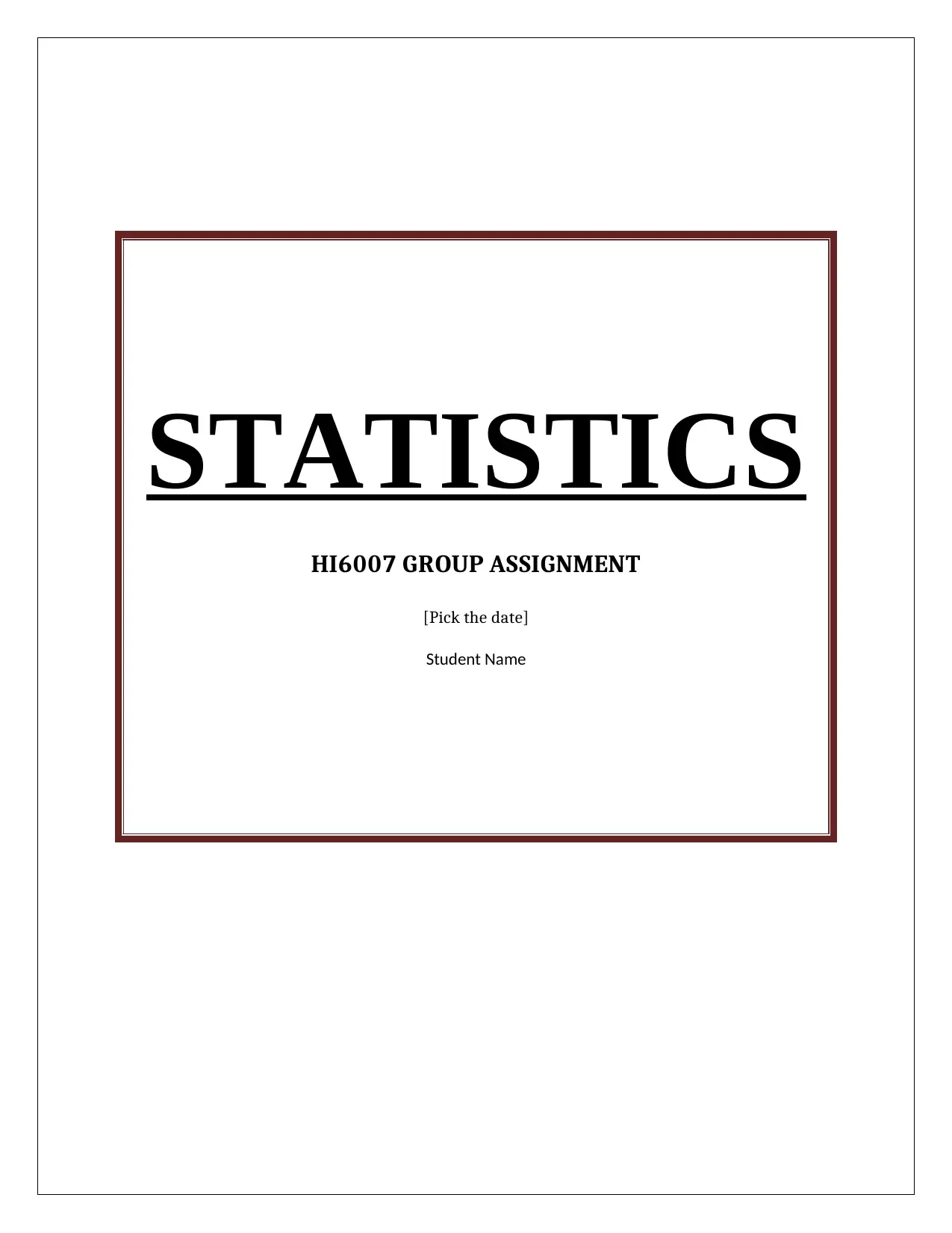
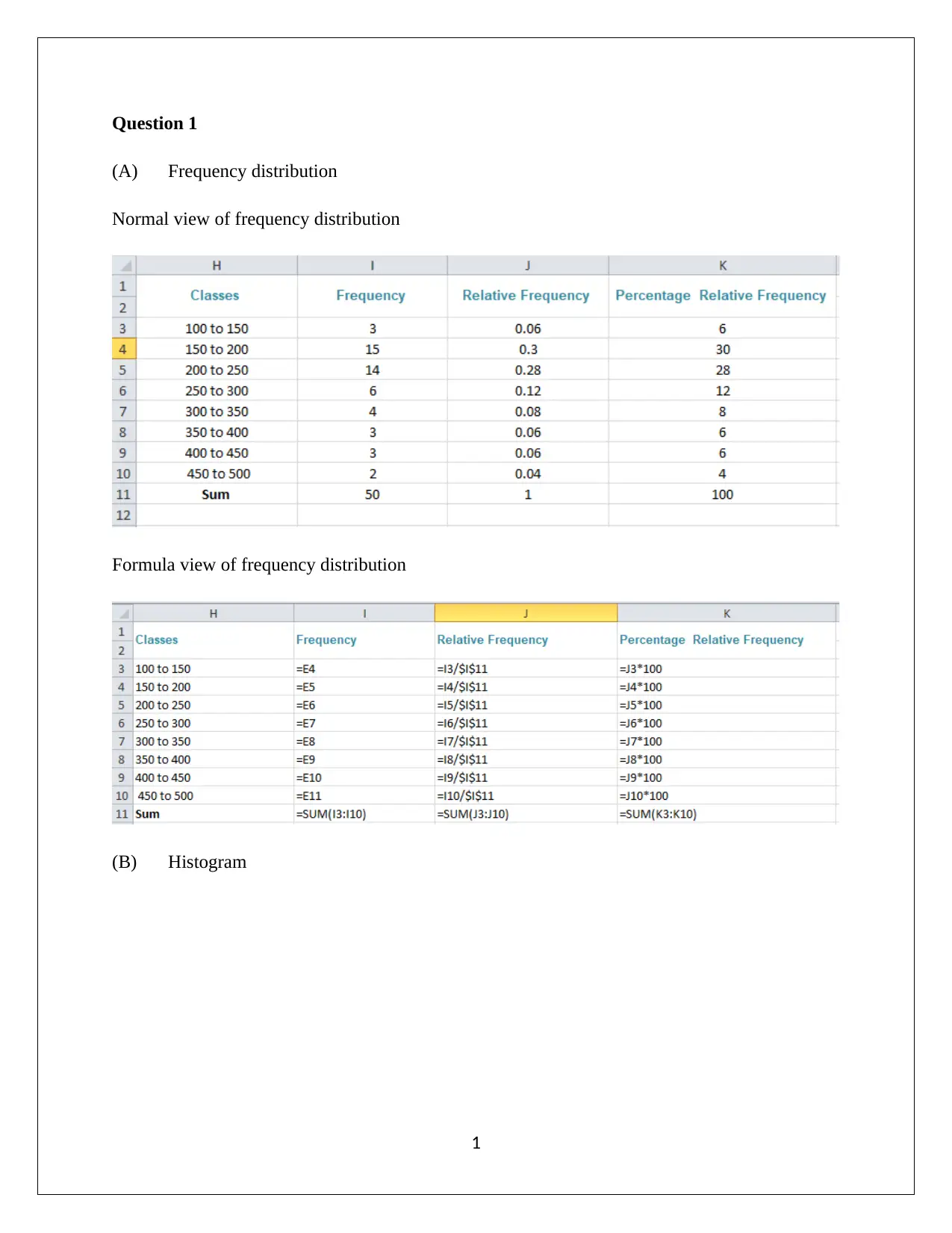
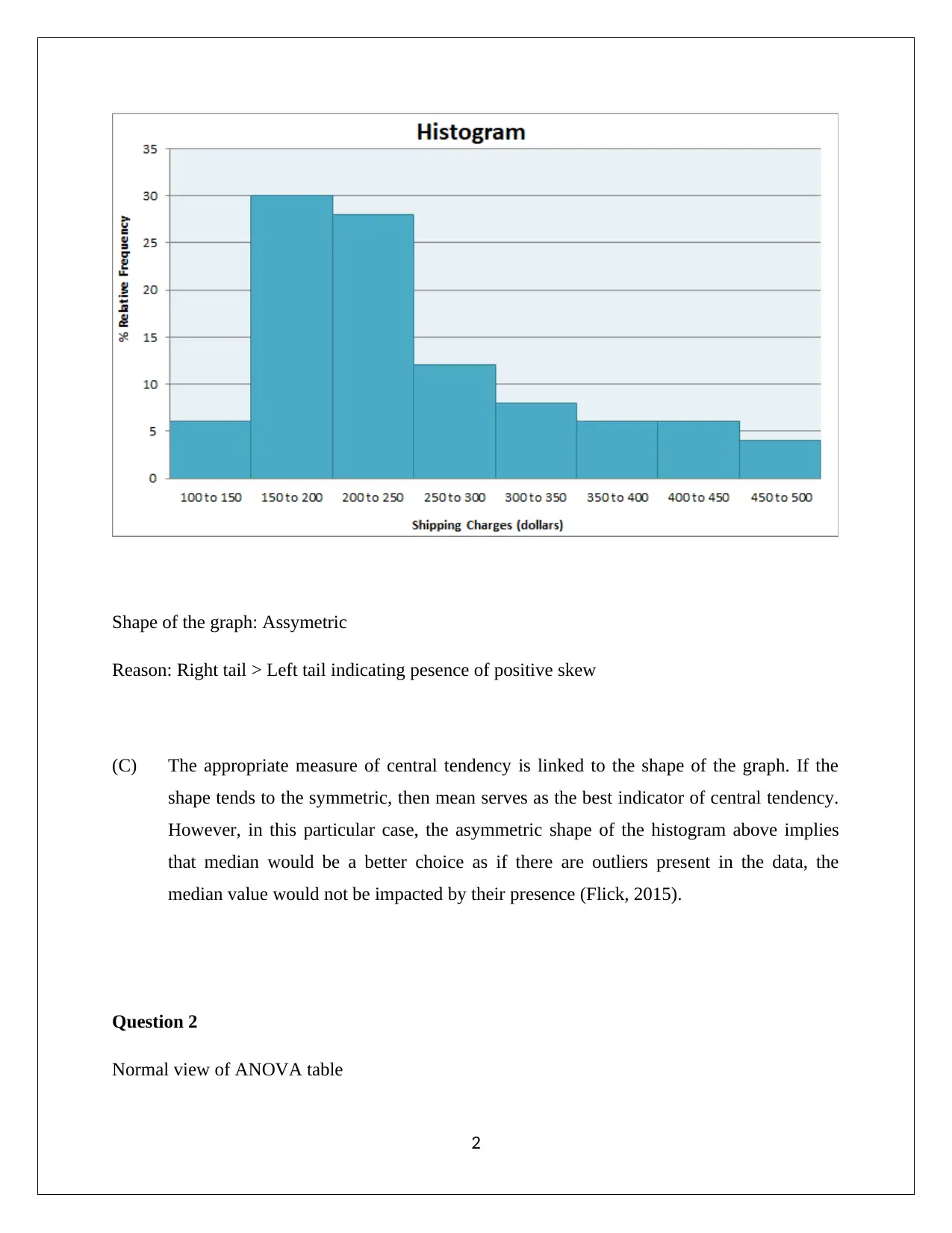

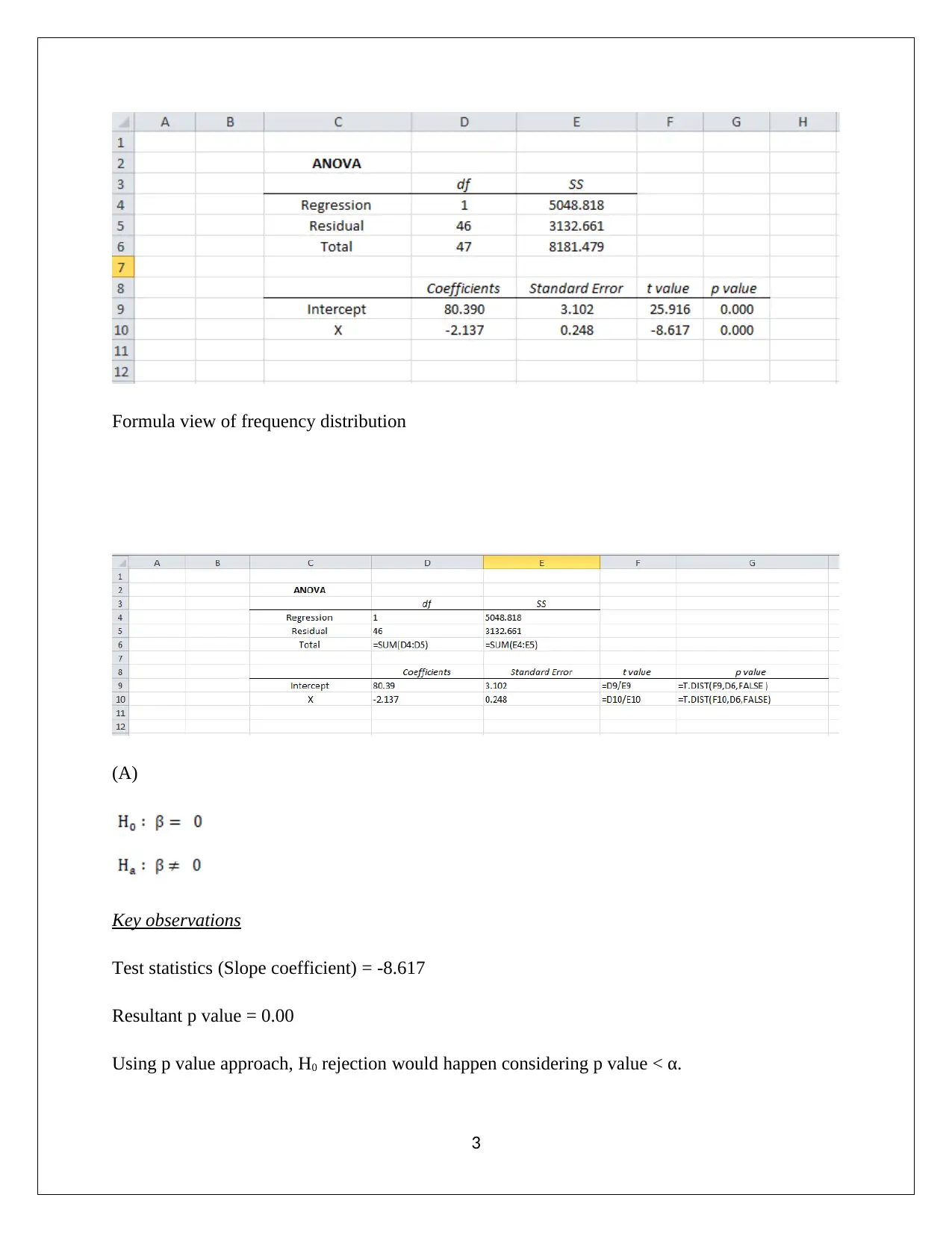
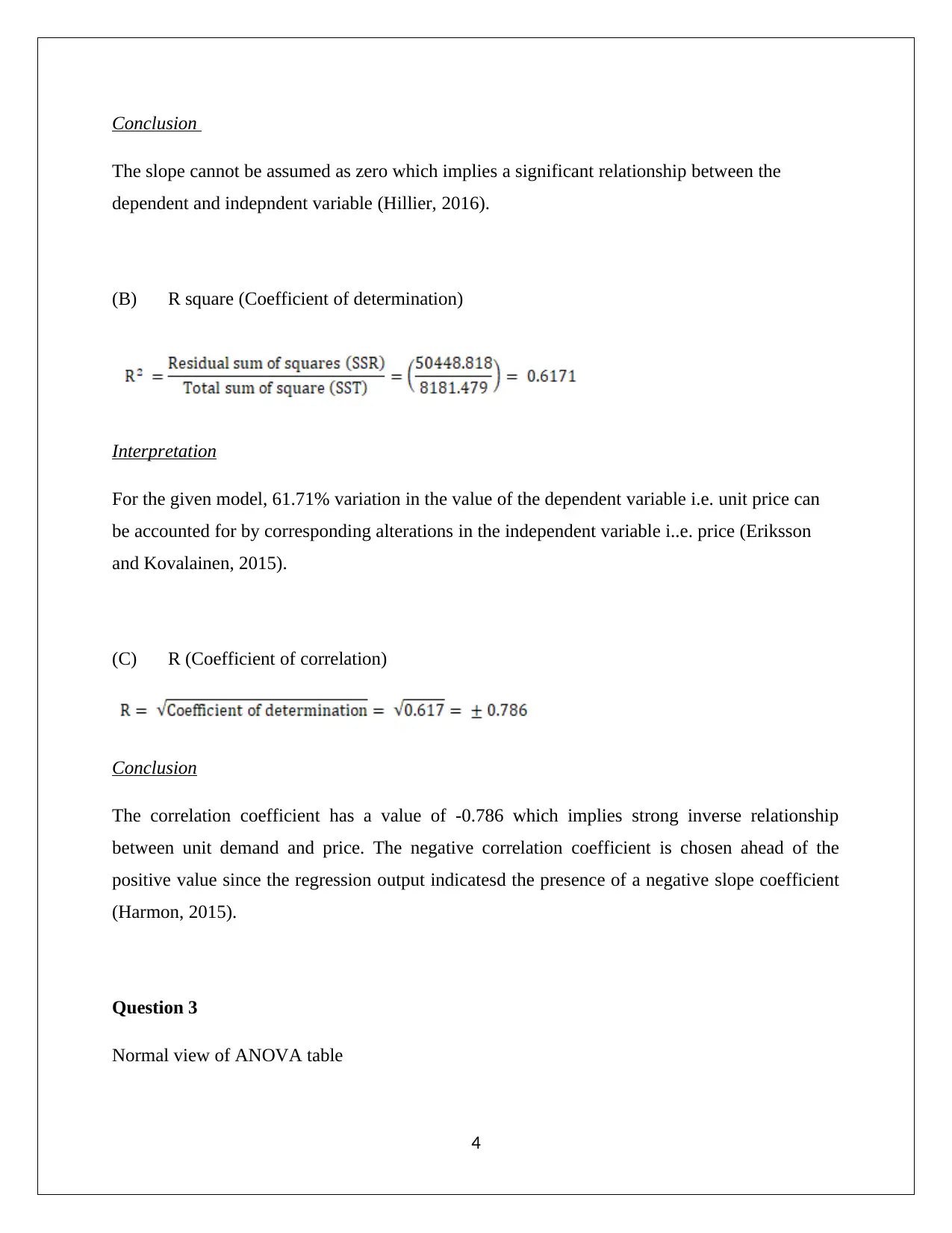
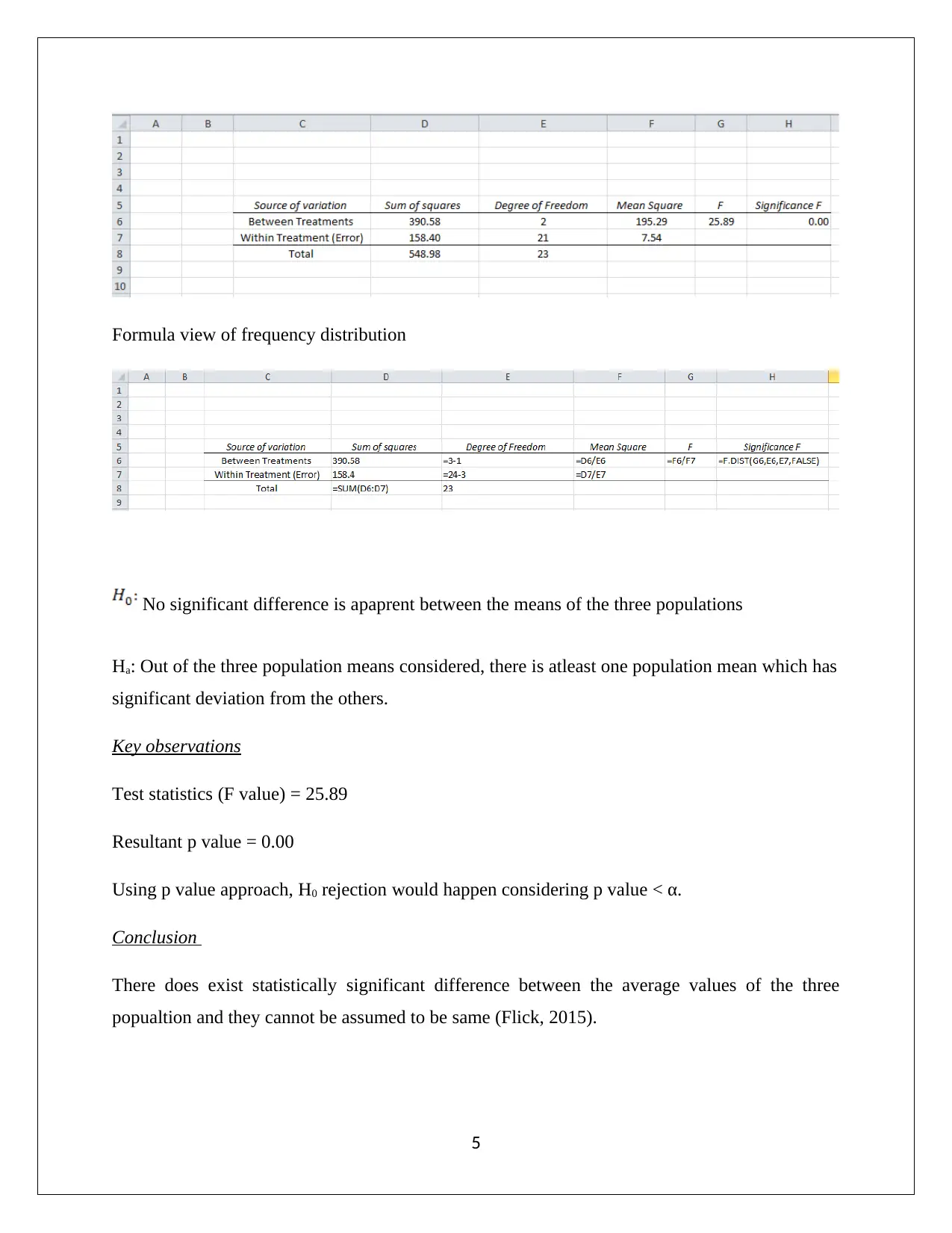
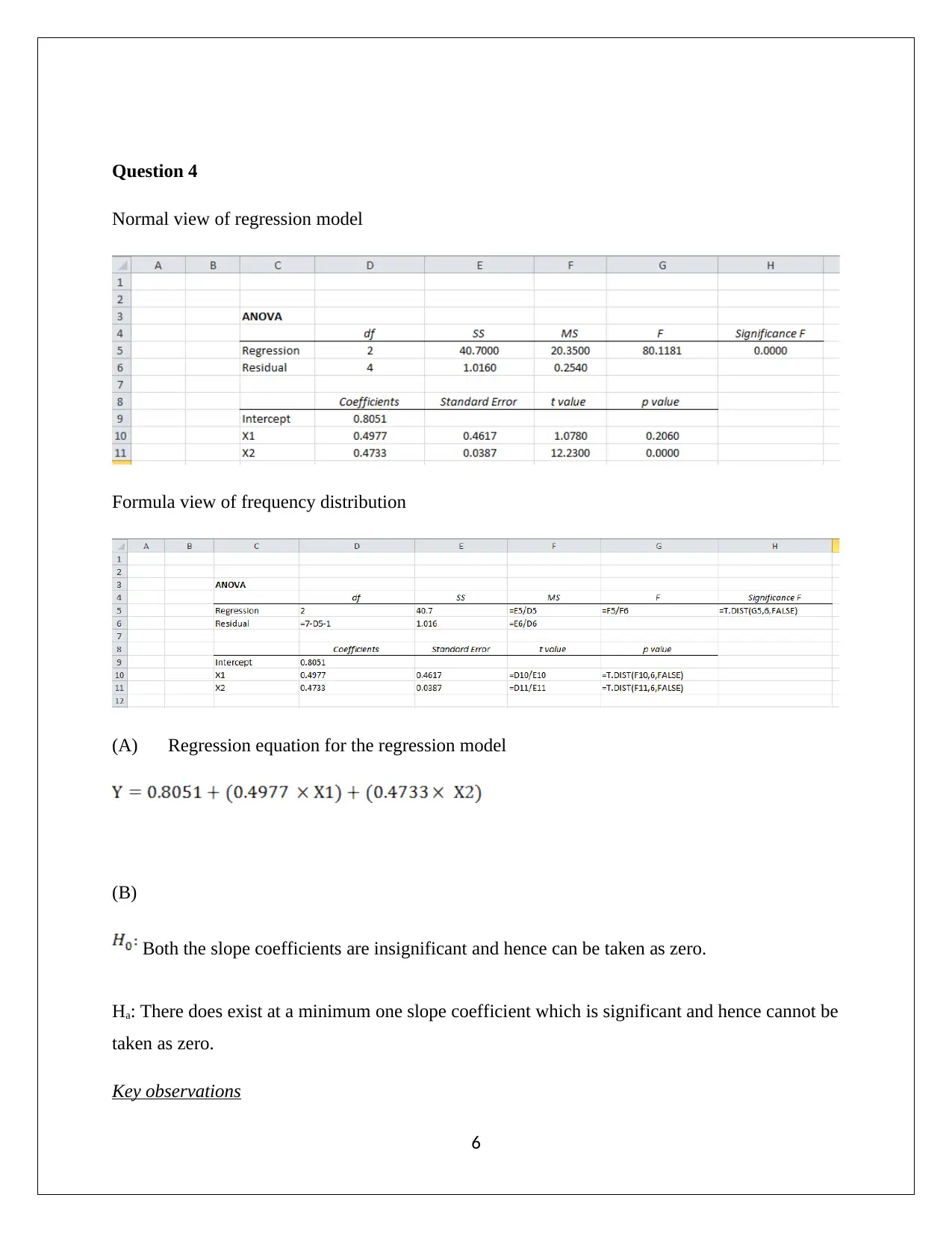
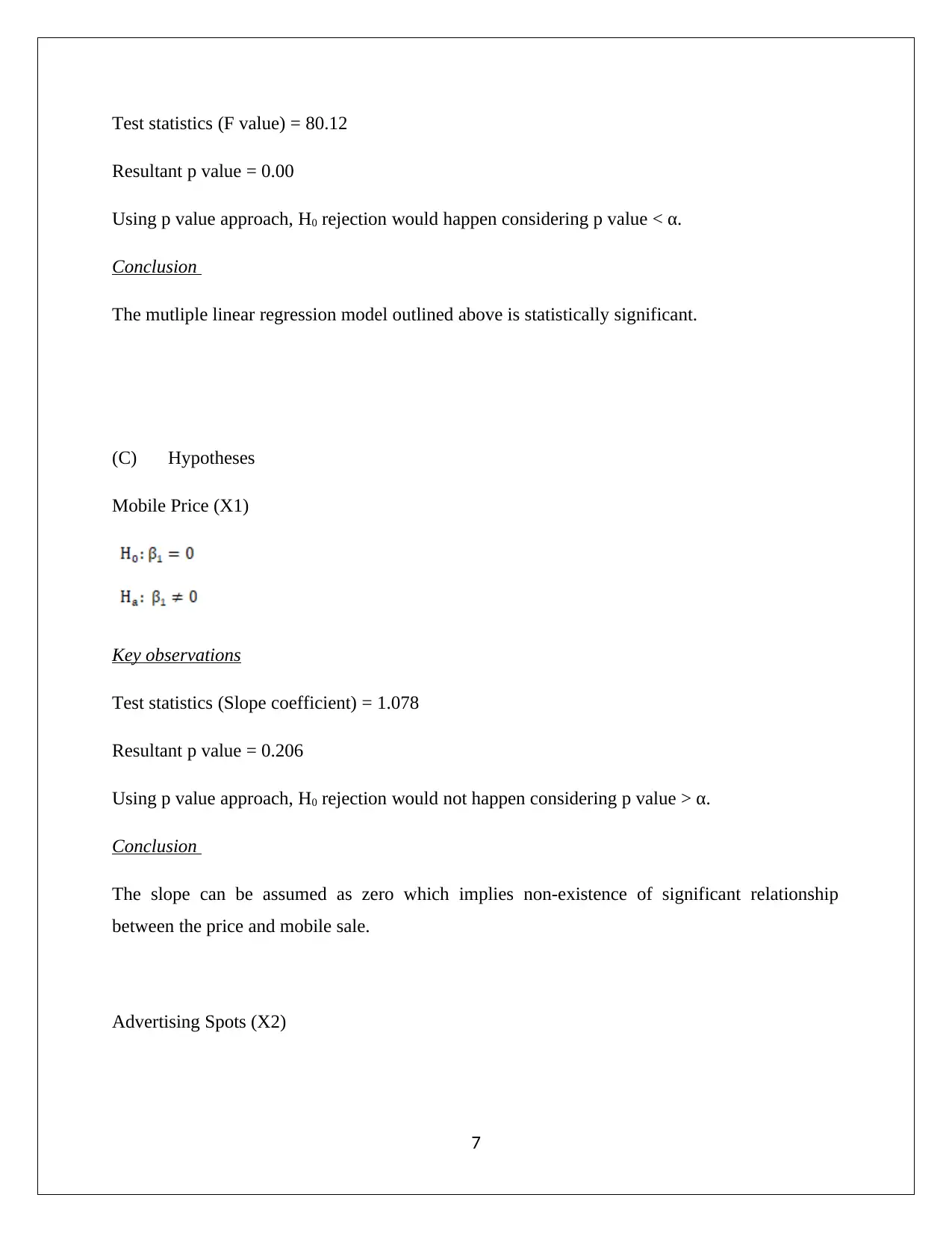
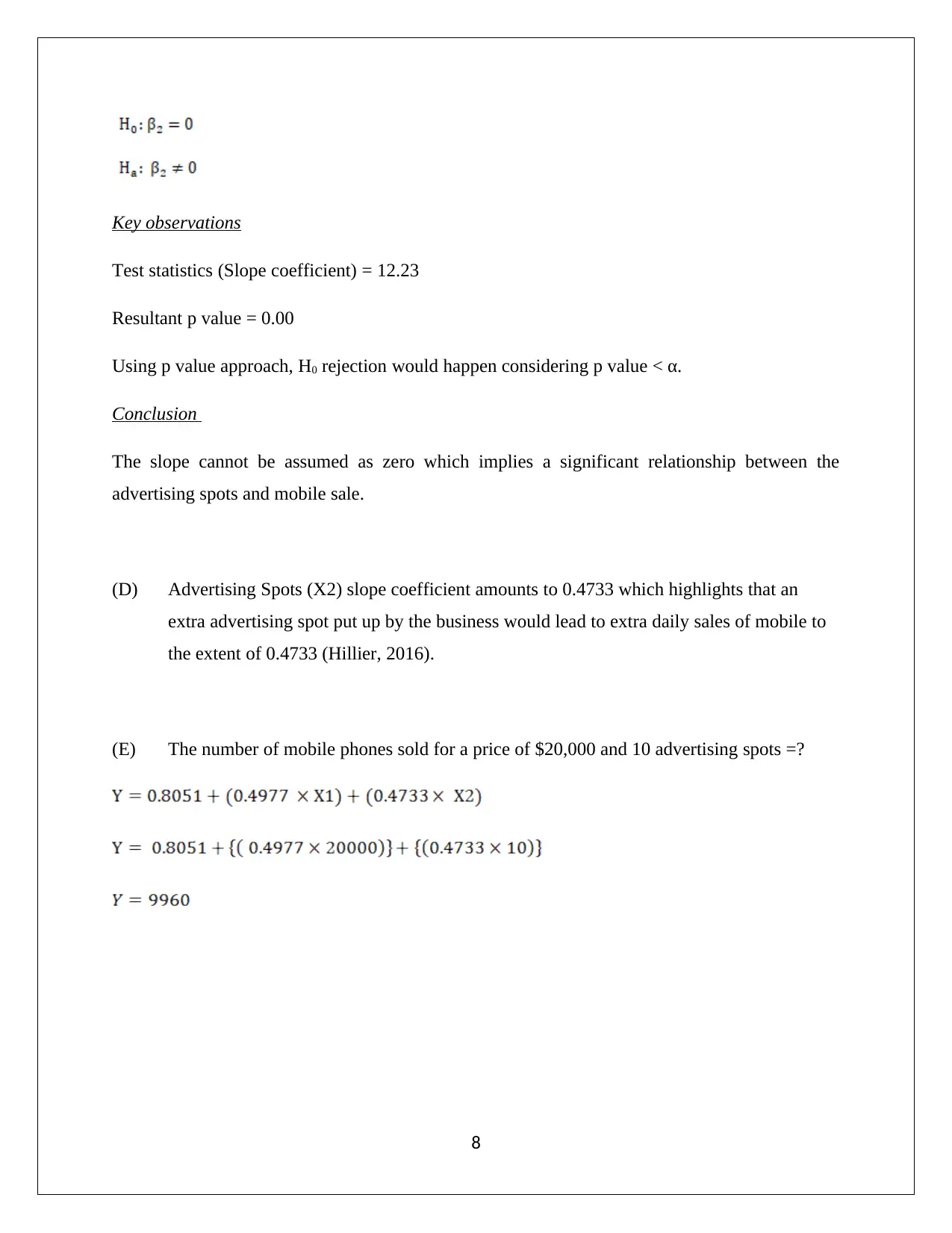
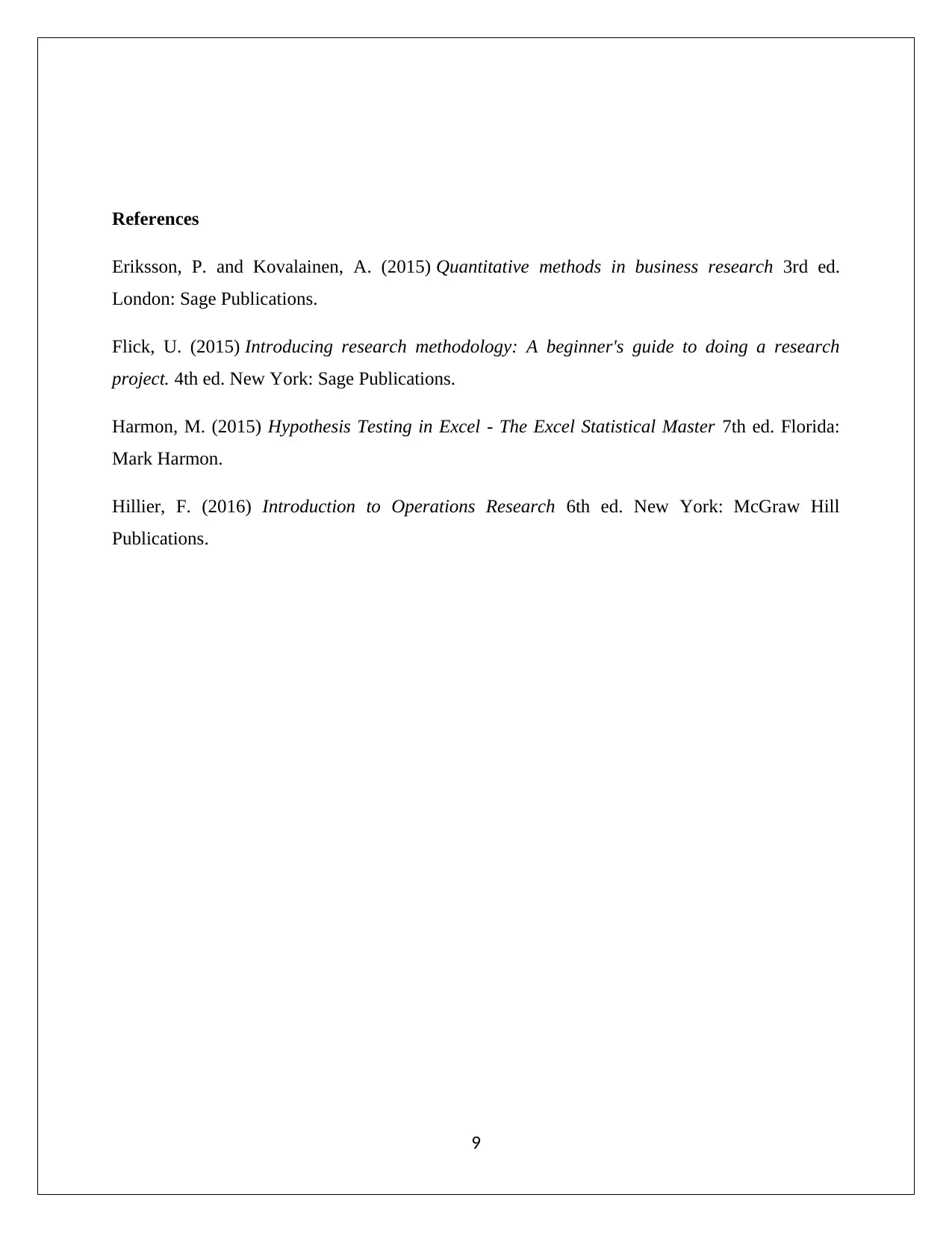






![[object Object]](/_next/static/media/star-bottom.7253800d.svg)